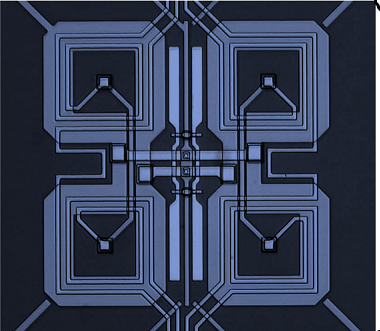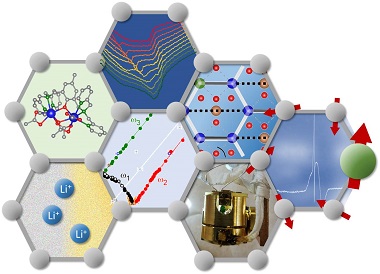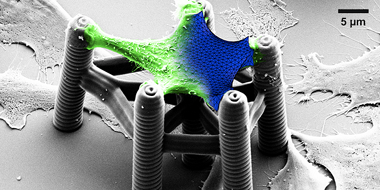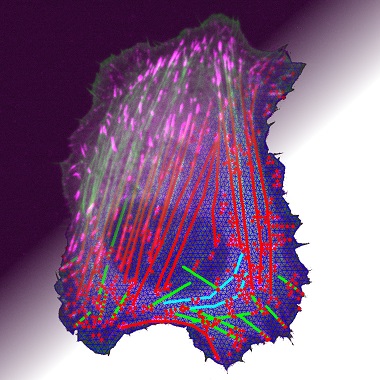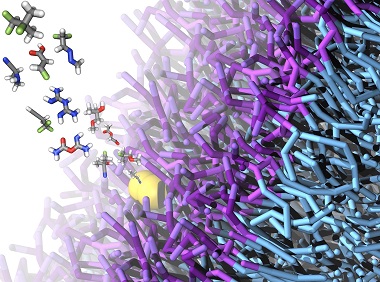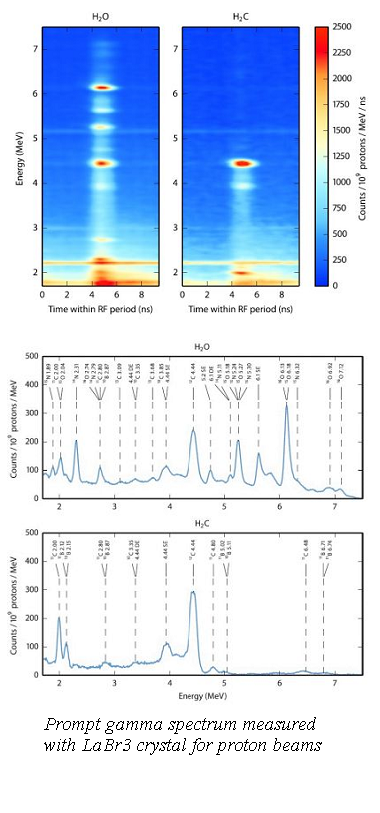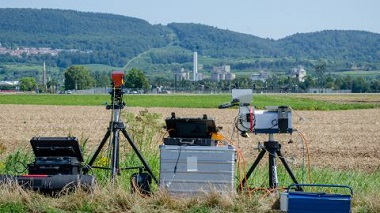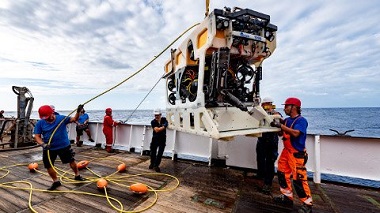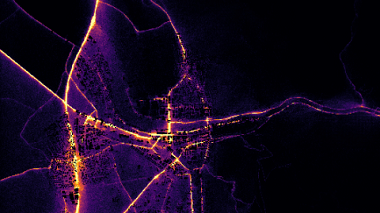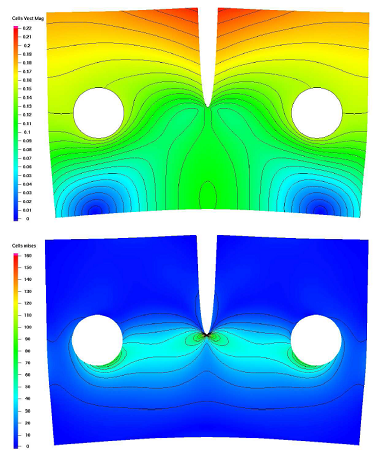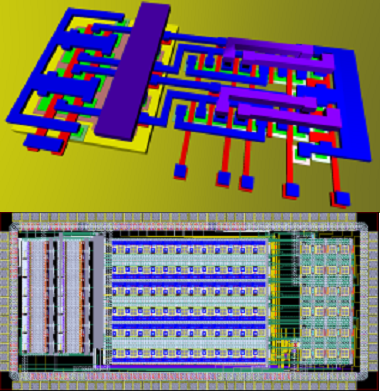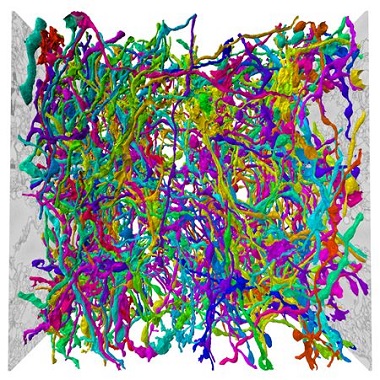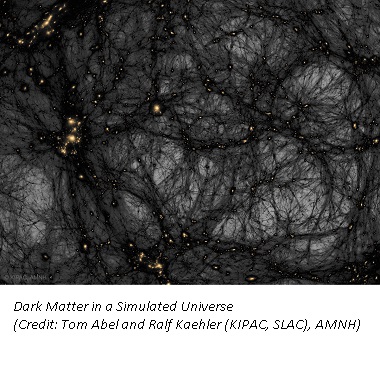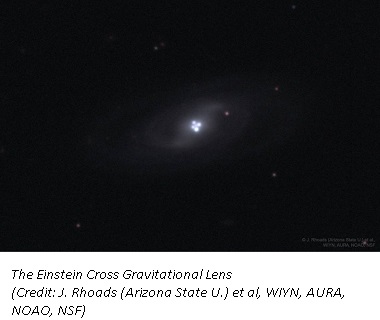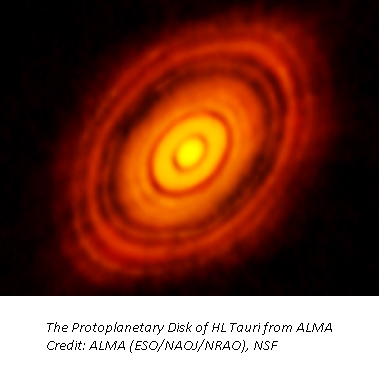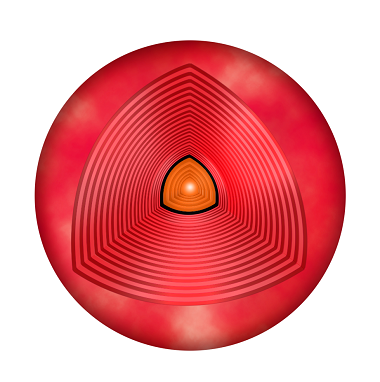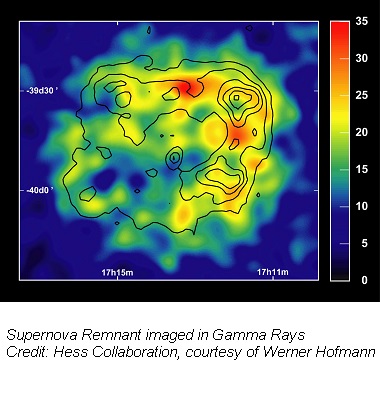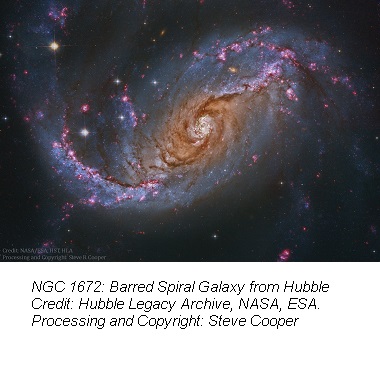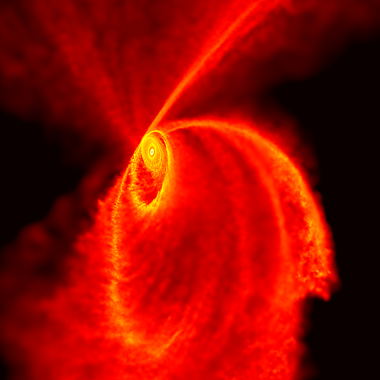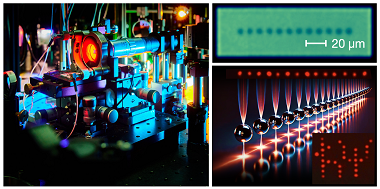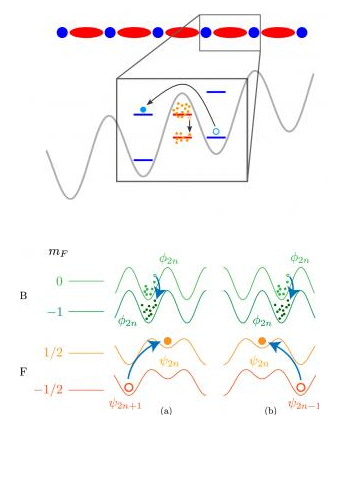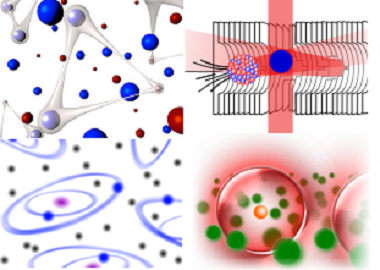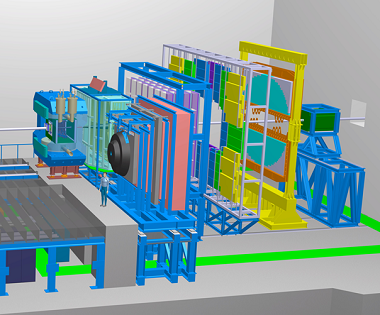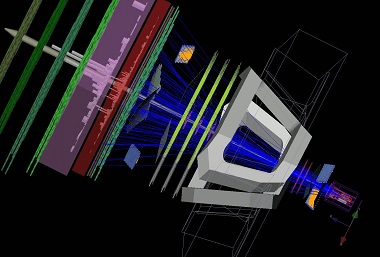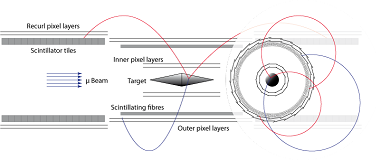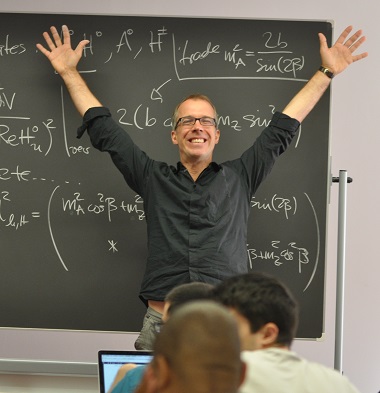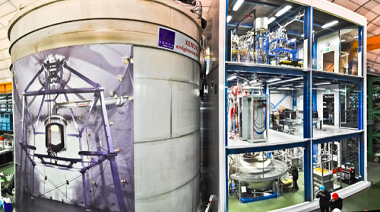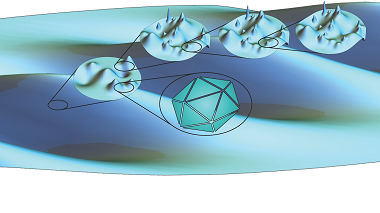Medical imaging physics
Medical imaging physicists work primarily in radiology departments within an hospital, and specialize in early detection, tumor characterization, treatment guidance and response monitoring using morphological, functional, metabolic and molecular imaging. The enormous advances in the understanding of human anatomy, physiology and pathology in recent decades have led to ever-improving methods of disease prevention, diagnosis and treatment. Many of these achievements have been enabled, at least in part, by advances in 1) multi-slice computed tomography (CT), 2) magnetic resonance imaging (MRI), 3) positron emission tomography (PET) and 4) single photon emission tomography (SPECT). Major achievements in Heidelberg have centered on the development and evaluation of novel techniques in high- and ultrahigh-field MRI, dual-energy/spectral CT, contrast-enhanced ultrasound and dynamic PET.
Ongoing medical imaging research in Heidelberg focuses on evaluation of novel techniques in high- and ultrahigh-field MRI, dual energy/spectral CT, contrast-enhanced ultrasound and dynamic PET including hybrid imaging using new radiotracers. Ongoing research centers on 1) development of ultrahigh-field imaging devices, 2) photon-counting CT detectors, 3) simultaneous optical imaging and tomography with MRI, PET, SPECT and ultrasound, 4) chemical exchange saturation transfer (CEST) and NMR spectroscopy (MRS) with 1H and X nuclei, 5) diffusion weighted imaging (DWI) to gain insights into the structure of biological structures and 6) quantitative susceptibility mapping (QSM).
MRI
Group M. Ladd: In MRI, a significant difference encountered at ultra-high magnetic fields (= 7 Tesla) is that the RF wavelength inside the tissue can be shorter than the cross-sectional dimension of the human body, which implies that phase effects and wave propagation have to be accounted for. We are developing new RF technology based on multi-channel excitation coils to provide precise control over the RF field distribution. A 32-channel RF array for whole-body excitation at 7 Tesla has been developed, see illustration
Group L. Schad: We are working on several aspects of improved oncological radiotherapy treatment planning and monitoring by using physiological and functional imaging of CT, MRI and PET. One of our main research aspects lies in developing new MR techniques (23Na imaging, dynamic MRT, diffusion, perfusion, blood bolus tagging, BOLD MRI) for clinical use in therapy planning and monitoring. Another main aspect denotes imaging of hyperpolarized 3He in the human lung, as well as T2*- and T1-techniques for non-invasive measurement of tissue oxygenation and perfusion in the myocardium which is of general interest in radiology.
Physics Faculty: Prof. Peter Bachert Medical Faculty: Prof. Marc Kachelrieß
In both physics and medical faculties:
Prof. Mark Ladd, Prof. Lothar Schad



 HGSFP
HGSFP
